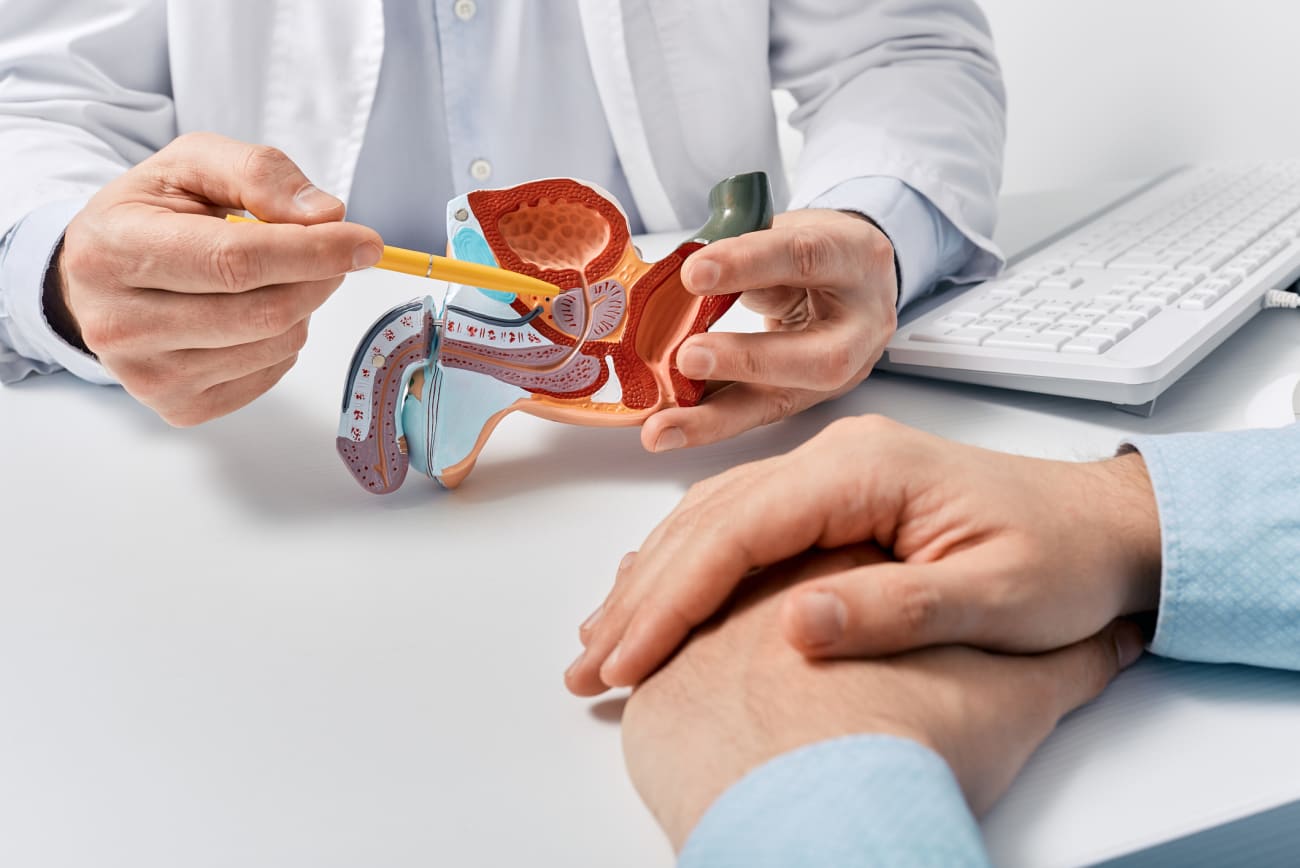What’s wrong with inflammation? Sometimes, it is good. For example, when you skin your knee, inflammation protects your body from bacteria and germs. But chronic inflammation can lead to changes in DNA. In fact, adding to discoveries previously made at Hopkins, scientist Karen Sfanos, Ph.D., M.S., and colleagues have found further evidence that chronic inflammation in the prostate may serve as a risk factor for the development of high-grade prostate cancer.
How does inflammation lead to dangerous cancer? This was the focus of a recent study published in the Journal of Pathology by Sfanos and her lab . “We found that cells in the vicinity of chronic inflammation in the prostate start to mimic a cell type in the lung, called club cells.” Like many good things that are hijacked by cancer, club cells normally are protectors, Sfanos explains. “They help guard the lungs from cellular damage and infectious pathogens.” This phenomenon of cells altering their identity and function is termed cellular plasticity, or lineage plasticity. “Importantly, lineage plasticity is linked to high-risk cancer as well as to cancer drug resistance.”
Oddly, prostate cells in the vicinity of chronic inflammation start to mimic a cell that’s normally found in the lung.
In the study, the investigators found the club cells were present in a lesion called proliferative inflammatory atrophy, or PIA (first described at Hopkins by Angelo De Marzo, M.D., Ph.D. and colleagues). PIA is associated with chronic inflammation in the prostate and is a harbinger of trouble: “Multiple recent studies indicate that the cells in PIA exhibit some properties of cancer cells and are more prone to DNA damage that can initiate a prostate cancer,” Sfanos says.
Pathologic studies have found that prostate club cells do not normally exist in the peripheral zone, the region where prostate cancer most often begins. But they were plentiful in tissue samples from men with prostate cancer – particularly in men who had high-grade prostate cancer. “Of keen interest, these cells were also present in the vicinity of PIA lesions that were transitioning to early prostate cancer!” A hopeful finding from this work, Sfanos adds, “is the suggestion that inflammation in the prostate may be a modifiable factor that can be targeted as a means of preventing prostate cancer.”

